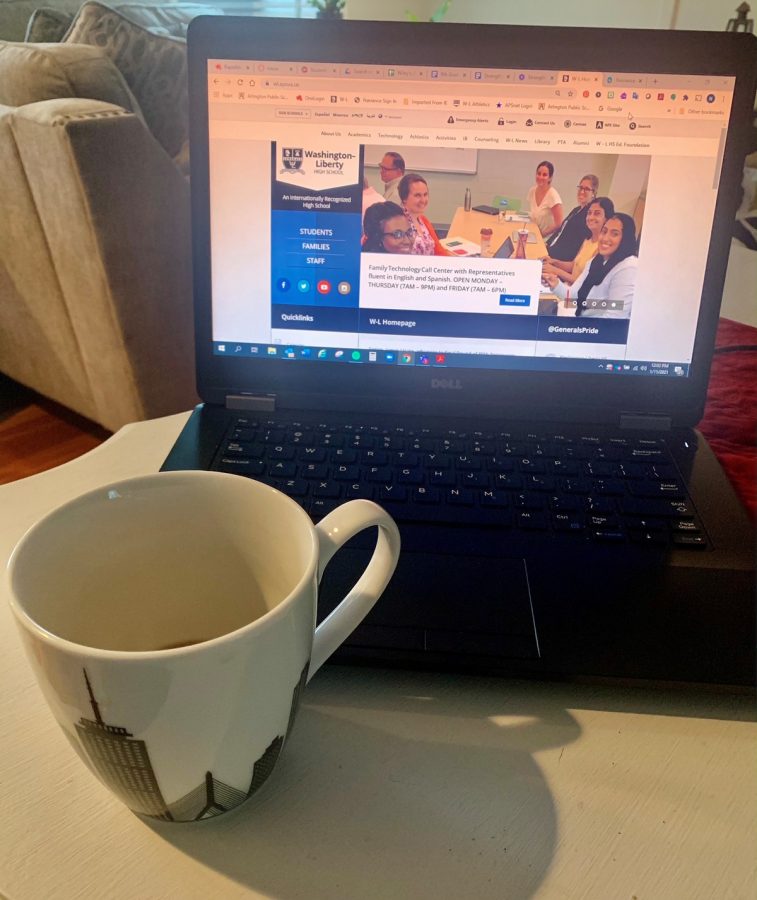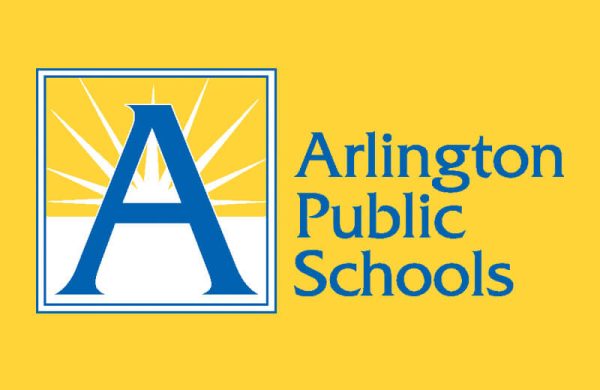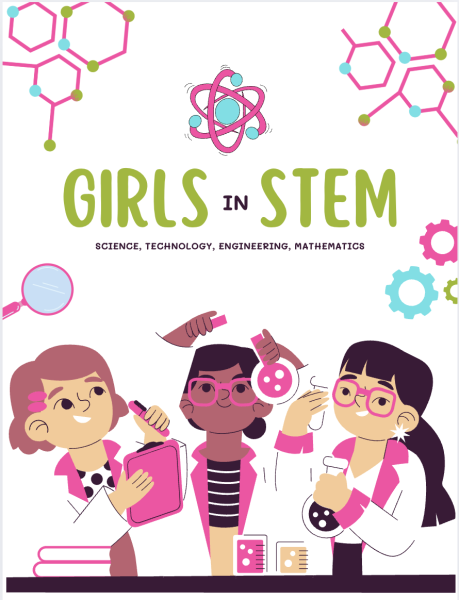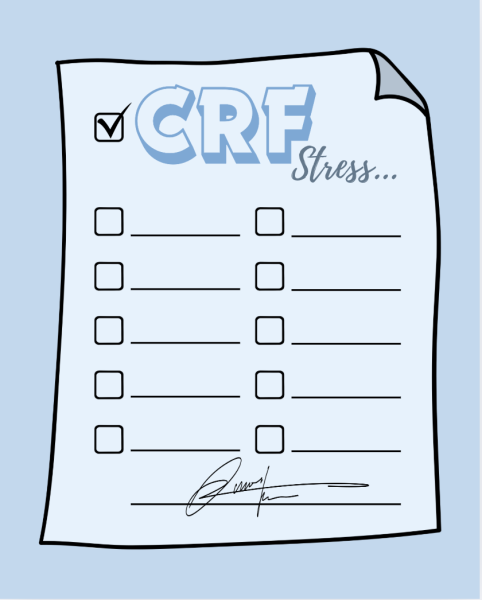Virtual school: the first two quarters in review
Counselor Ms. Nicole Wiley displays her work space for virtual school. Ms. Wiley said that she can reach her students more quickly in virtual this virtual environment than she can in person.
As the new year approaches, students, teachers and administrators have mixed feelings on their first few months of virtual learning. While students and staff acknowledge the difficulties with virtual learning, they still find ways to remain positive.
“I didn’t expect [virtual learning] to be this difficult, because of the built in time for breaks and asynchronous time,” junior Savannah Thompson said. “I’m having the most trouble focusing because I can’t sit down at my laptop and just stare at it. There [are] so many other distractions.”
Sophomore Henry Frickert also cited distraction as something that has been difficult for him in virtual school. He explained that he has been struggling with procrastination despite a lighter workload this year.
“I’d say [getting work done is] a little harder,” Frickert said. “[The work] is a little more flexible, which works for some people but doesn’t necessarily work for me as well because I am someone who will procrastinate a lot.”
Psychology and history teacher Mr. James Thomas’s virtual experience was also a bit on the negative side. He explained that procrastination from his students, although valid in some cases, has led to more difficulty grading assignments and teaching for himself and other teachers. He thinks that having someone physically in the room with students would be more effective in encouraging them to get work done on time.
“I’m getting a lot more procrastination with regard to getting assignments turned in on time,” Mr. Thomas said. “I know that there are reasons for this for all the students. I know some students have legitimate issues they’re dealing with. I also know that when you’re not directly in front in class with the teacher, it’s a little bit easier to procrastinate with the intent of getting things done later but not always following through.”
Freshman Maryam Elgindy’s first year at the school has not been completely negative, but she expressed that in-person school would have been much easier for both teachers and students than online learning.
“[For] teachers, it helps for them to be able to see the students and see if they are comprehending and understanding [the material],” Elgindy said. “For students, it’s easier to ask questions in person and be with the teacher in the classroom so the teacher can demonstrate things and explain things [more clearly].”
Both senior Georgia Pinkston and social studies teacher Ms. Emily Robbins said the lack of connection between teachers and students was a major negative point during the last few months of virtual school.
“You don’t really get a chance to talk to your teachers so it’s more distant than it was last year,” Pinkston said. “Last year, I wasn’t close to some of my teachers, but I did like talking to a few, so it’s hard when you can’t talk to any of them [as much].”
Pinkston said that despite office hours, the communication with teachers this year is not comparable to the communication she had with her teachers last year. Ms. Robbins also struggled with not being able to engage with her students.
“I usually like to build a rapport by going to sporting events or plays to show that I care outside of the classroom, which really helps students realize that I care about them as a whole person, not just in my class.” Ms. Robbins said. “[That] leads them to care more about my subject matter and want to be a better learner. [It has] been hard to not be able to go to those extra events to show them that I support them and to hear the conversations that they’re having to get to know their interests and make connections.”
Even though some students have had negative experiences with virtual learning, many have also had a generally positive outlook and experiences.
“It’s a lot harder for me to stay focused with remote learning than non-remote learning,” Frickert said. “But it hasn’t been all bad. I’ve been doing okay. I do miss seeing people a lot, but I think being home can sometimes have its benefits.”
His idea of virtual school’s benefits, which is shared by many other students, is that food and comfort are more accessible from home.
“I really like that I can get up and get a snack whenever I want,” Thompson said. “I think the cool thing about online school is that you can do what you need to do during the day and you’re not forced to be sitting at a desk, staring at a teacher in a lecture [all day]. So you can sit where you’re comfortable [and] you can go where is best for you.”
Elgindy expressed that her high school experience has taken some getting used to, but is much easier now that she has had some time to get into a routine.
“At the beginning, it was definitely really hard because I was nervous to [reach out to my teachers] and I didn’t really want to turn my camera on,” Elgindy said. “But I think like a month or so in, you get kind of used to talking to teachers, in emails and office hours, and it’s more comfortable with them now.”
Ms. Robbins expressed her pride in her students for reaching out to her when in need of help this year. She also praised their willingness to learn from their mistakes and be flexible while working out the specifics of virtual school.
“I think it’s been positive to see the resiliency and the skills that many students are acquiring in that they’re advocating for themselves, reaching out [and] they’re adjusting to something that’s been thrown at them which I hope will help them and me to be better,” Robbins said. “I think resiliency is the thing I’m most hopeful or positive about.”
Mr. Thomas also finds that students reaching out is one of the most positive things happening right now.
“The positive thing, though, is that I’m actually getting really good one-on-one time with some students during class time,” Thomas said. “[Students] will actually hang out towards the end of class sometimes, or at the beginning of class, and talk about different things not related to class at all. I’ve found that some students are opening up about [their] experiences. That kind of thing is really, really, cool.”
Counselor Ms. Nicole Wiley expressed her sadness at not being able to see her students face-to-face, but also expressed it is easier for her to reach students quickly when virtual. She explained that while some students are struggling with virtual school, some students have benefited from the learning experience.
“I’m seeing some students are really thriving in virtual classrooms,” Ms. Wiley said. “They have improved attendance and grades. The virtual learning is working really well for them, especially [for] students who were avoiding school in the past and maybe have some attendance issues. I’m actually seeing some of those kids do really well and they really like learning this way.”













